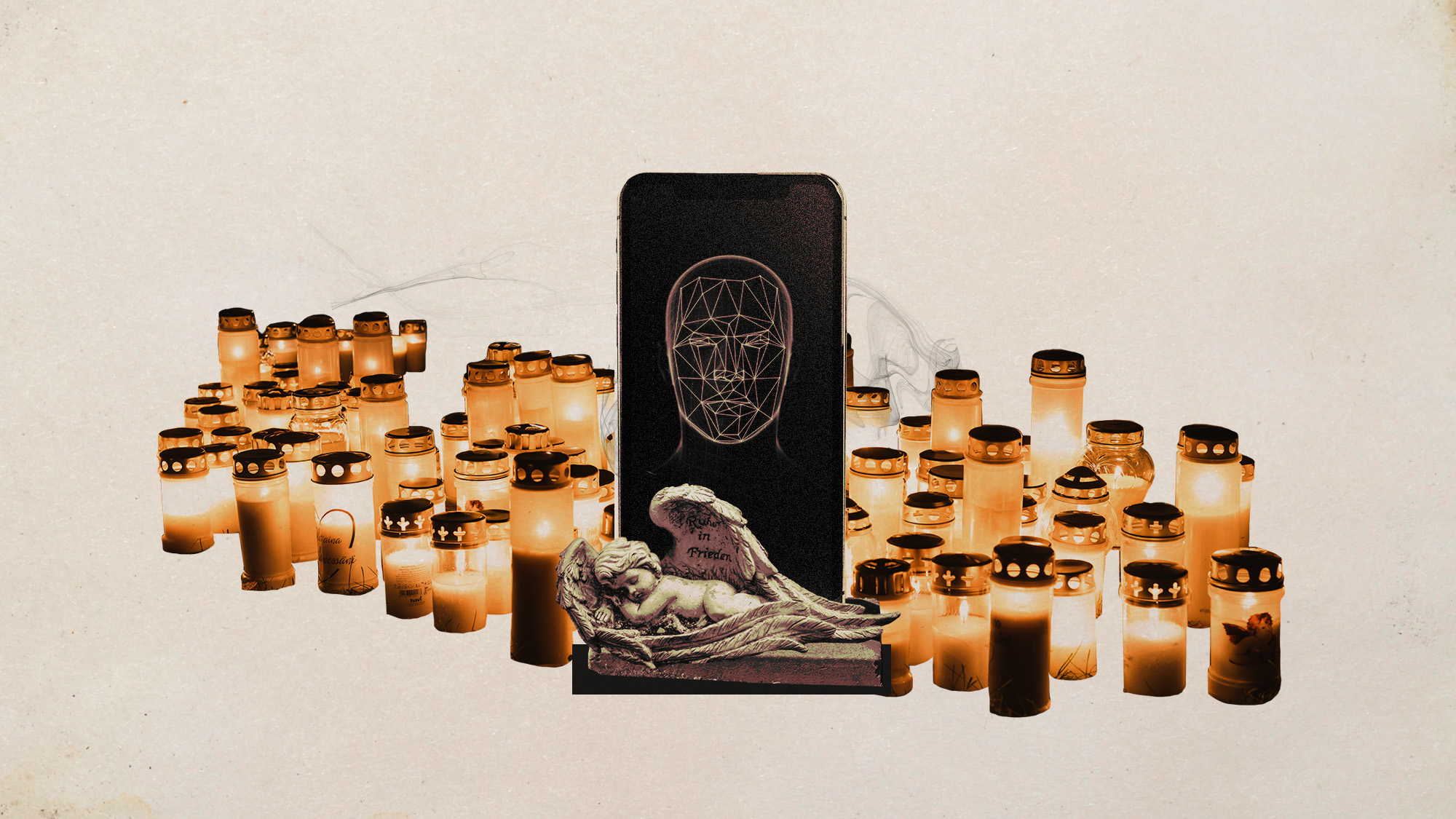Tennent Bagley, 1925–2014
The CIA agent who handled a dubious defector
Tennent Bagley was working for the CIA in Switzerland in 1962 when he was sent to meet Yuri Nosenko, a KGB agent willing to betray his country from within. He seemed like a prize catch. The son of one of Stalin’s ministers, Nosenko said he could expose the Soviet spy agencies’ inner workings and name Russian agents inside Western embassies. Bagley reported back to headquarters that Nosenko had “conclusively proven his bona fides.” He came to regret that recommendation. Poring over Nosenko’s notes, Bagley noticed anomalies that led him to believe his charge was a Soviet double agent, sent to sow disinformation. Bagley would spend the next half-century trying to prove his case. “He knew what was right,” said his son, Andrew, “and he stuck to it.”
Bagley began to doubt his source’s credibility in 1964, when the KGB agent unexpectedly defected to the U.S., claiming he was under suspicion by Soviet authorities. “Nosenko came with astonishing information,” said The Daily Telegraph (U.K.). He claimed that he had interviewed Lee Harvey Oswald in the USSR before the 1963 assassination of President Kennedy and insisted “Oswald had no connection with the KGB,” said The Washington Post. It was an important assertion at a time when many officials suspected the Soviets were behind the assassination.
But Bagley and other CIA agents found problems with Nosenko’s story. At different times he said he was a colonel and a captain, and never talked about the wife and children he’d previously referred to. The Russian was thrown into “solitary confinement and subjected to various discomforts, including cold, continuous light, and periods of hunger,” said The New York Times. “Bagley questioned him again and again, harshly.” The ordeal lasted for three years, but Nosenko maintained that he was a genuine defector. The CIA later gave him $80,000, an apology, and a new identity.
The Week
Escape your echo chamber. Get the facts behind the news, plus analysis from multiple perspectives.

Sign up for The Week's Free Newsletters
From our morning news briefing to a weekly Good News Newsletter, get the best of The Week delivered directly to your inbox.
From our morning news briefing to a weekly Good News Newsletter, get the best of The Week delivered directly to your inbox.
Bagley never stopped trying to prove that Nosenko was a Soviet plant. After retiring from the CIA in the 1970s, he wrote several books detailing his theories. When asked in 2007 what he would say to Nosenko if they ever met in the street, he gave a simple answer: “Don’t shoot.”
A free daily email with the biggest news stories of the day – and the best features from TheWeek.com
-
 Frank Gehry: the architect who made buildings flow like water
Frank Gehry: the architect who made buildings flow like waterFeature The revered building master died at the age of 96
-
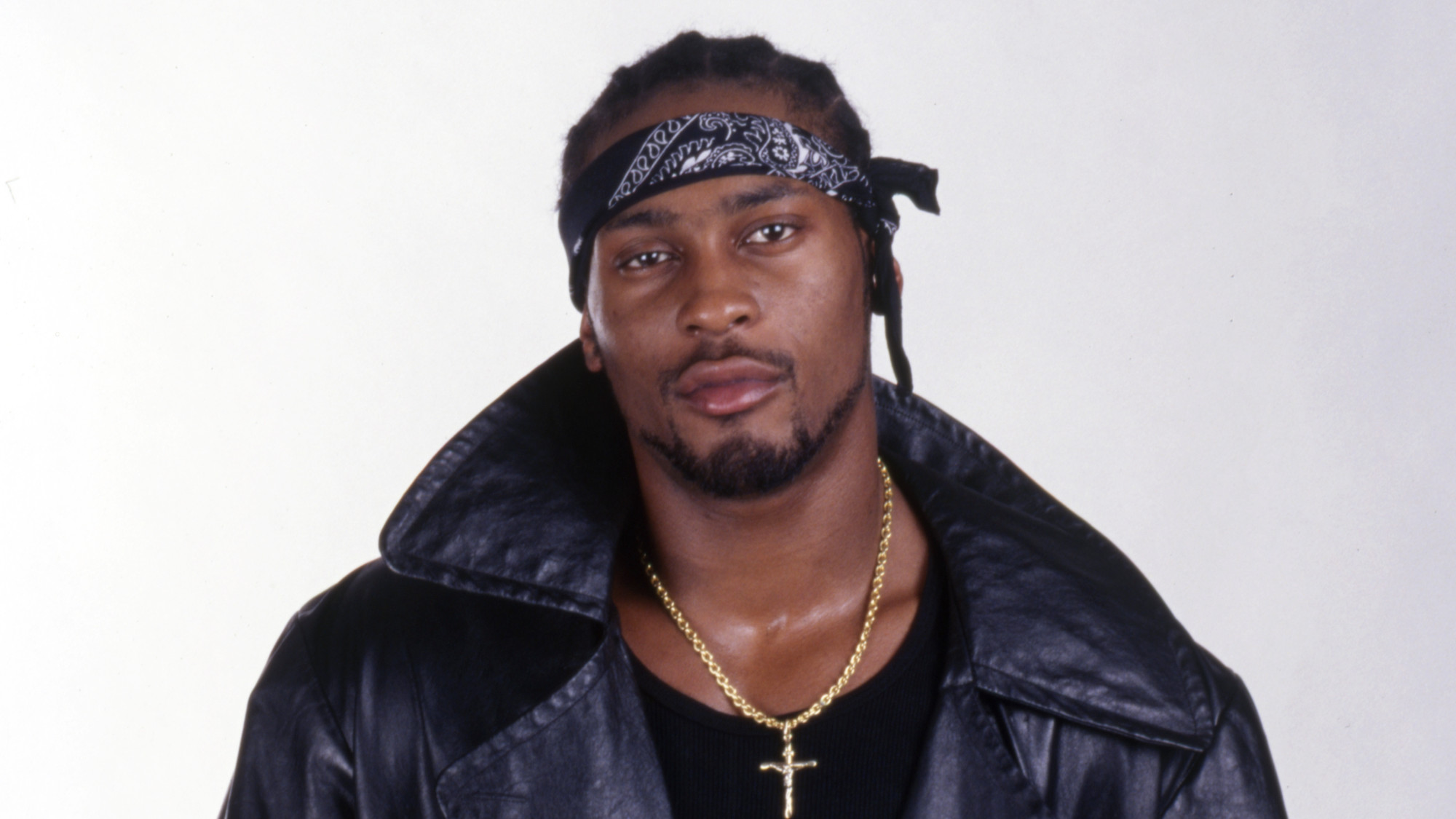 R&B singer D’Angelo
R&B singer D’AngeloFeature A reclusive visionary who transformed the genre
-
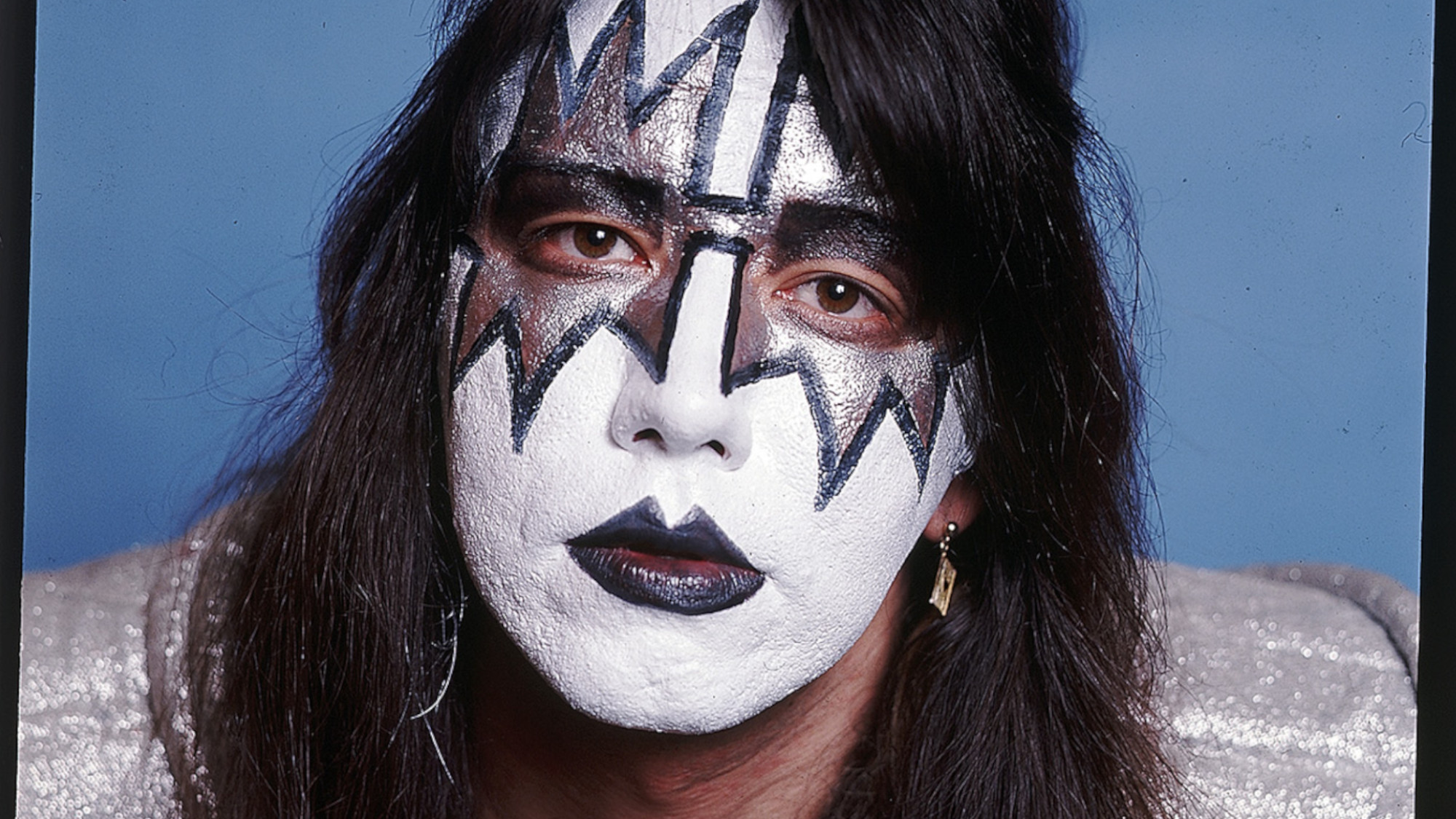 Kiss guitarist Ace Frehley
Kiss guitarist Ace FrehleyFeature The rocker who shot fireworks from his guitar
-
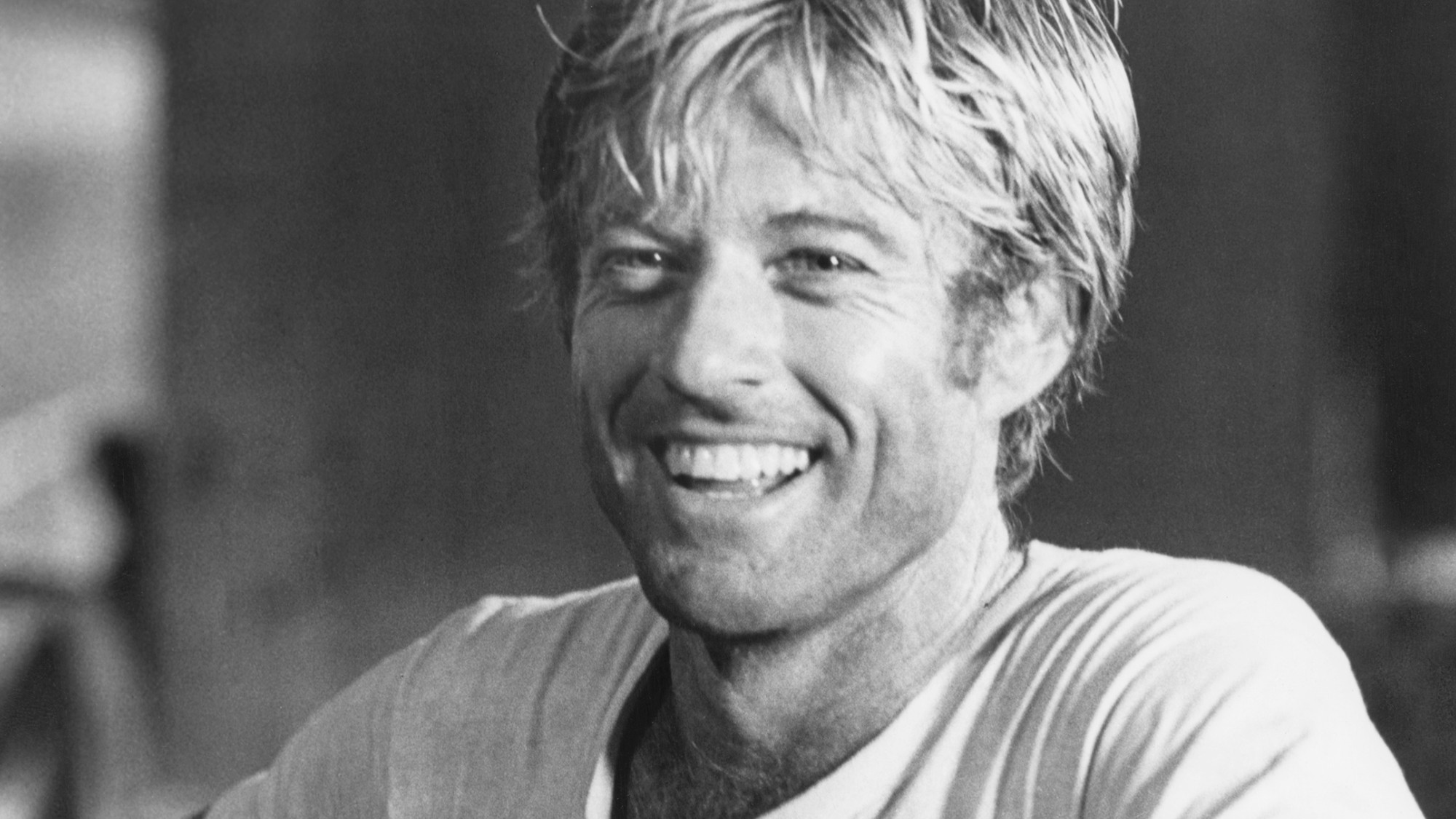 Robert Redford: the Hollywood icon who founded the Sundance Film Festival
Robert Redford: the Hollywood icon who founded the Sundance Film FestivalFeature Redford’s most lasting influence may have been as the man who ‘invigorated American independent cinema’ through Sundance
-
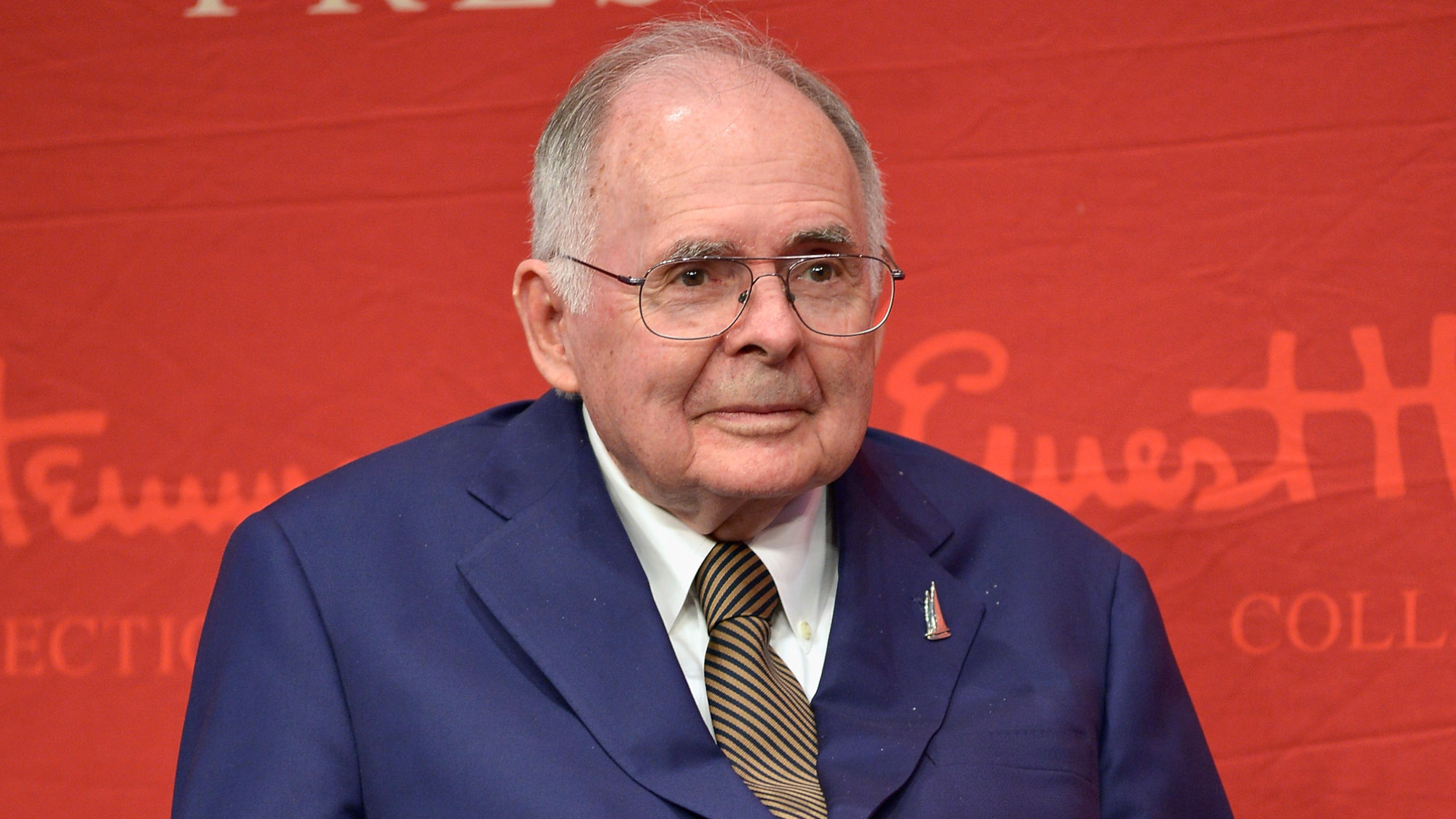 Patrick Hemingway: The Hemingway son who tended to his father’s legacy
Patrick Hemingway: The Hemingway son who tended to his father’s legacyFeature He was comfortable in the shadow of his famous father, Ernest Hemingway
-
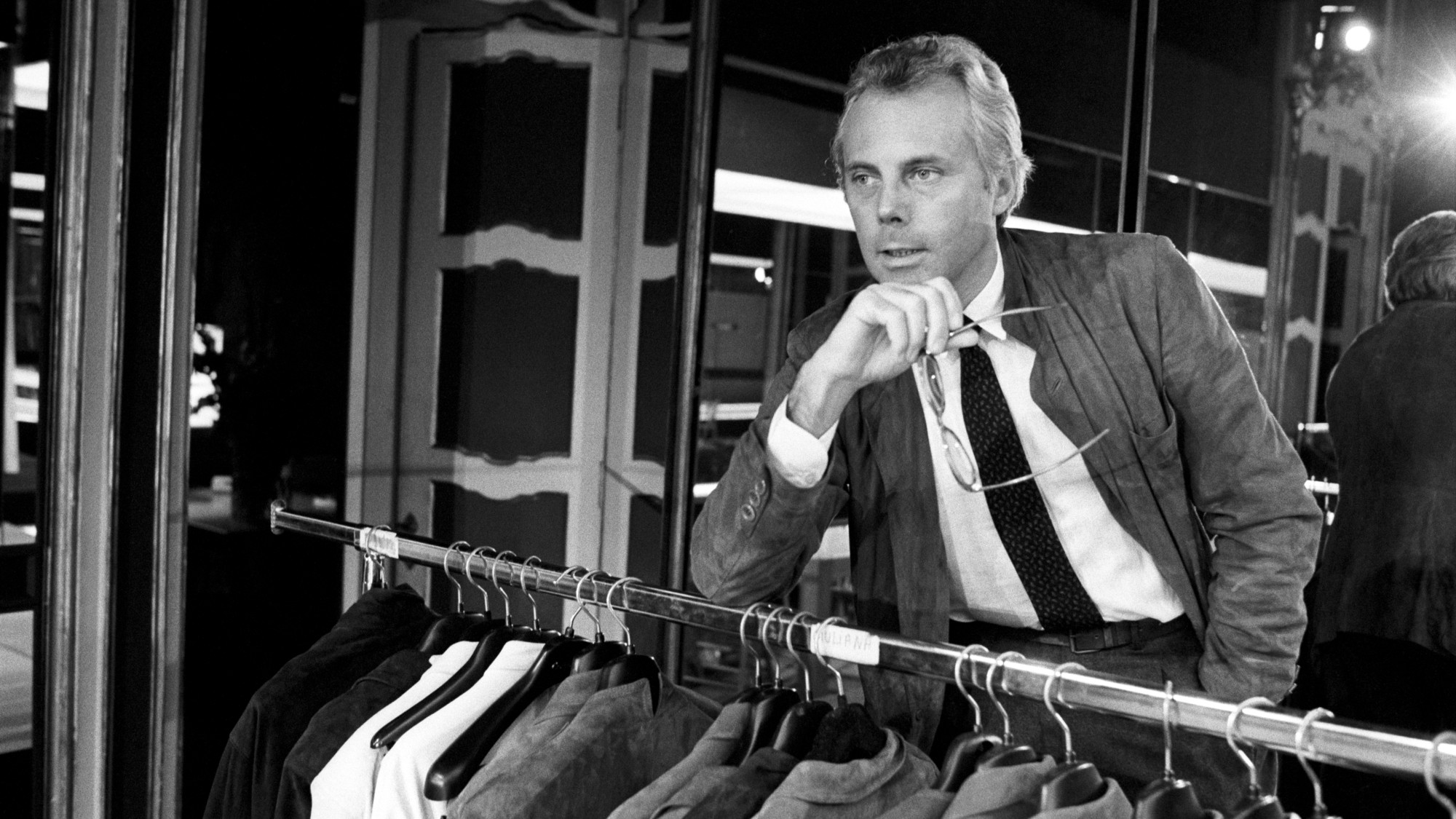 Giorgio Armani obituary: designer revolutionised the business of fashion
Giorgio Armani obituary: designer revolutionised the business of fashionIn the Spotlight ‘King Giorgio’ came from humble beginnings to become a titan of the fashion industry and redefine 20th-century clothing
-
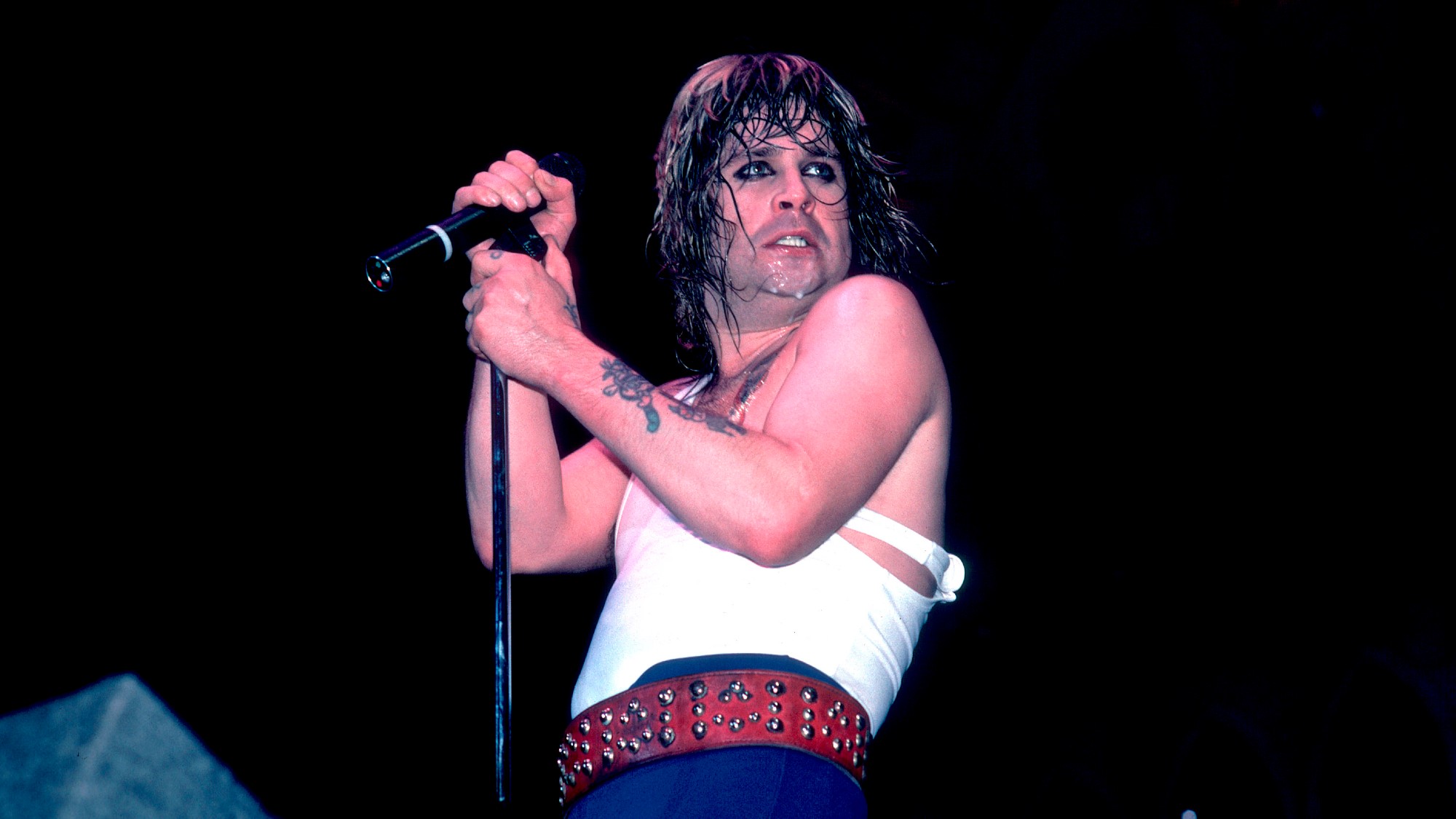 Ozzy Osbourne obituary: heavy metal wildman and lovable reality TV dad
Ozzy Osbourne obituary: heavy metal wildman and lovable reality TV dadIn the Spotlight For Osbourne, metal was 'not the music of hell but rather the music of Earth, not a fantasy but a survival guide'
-
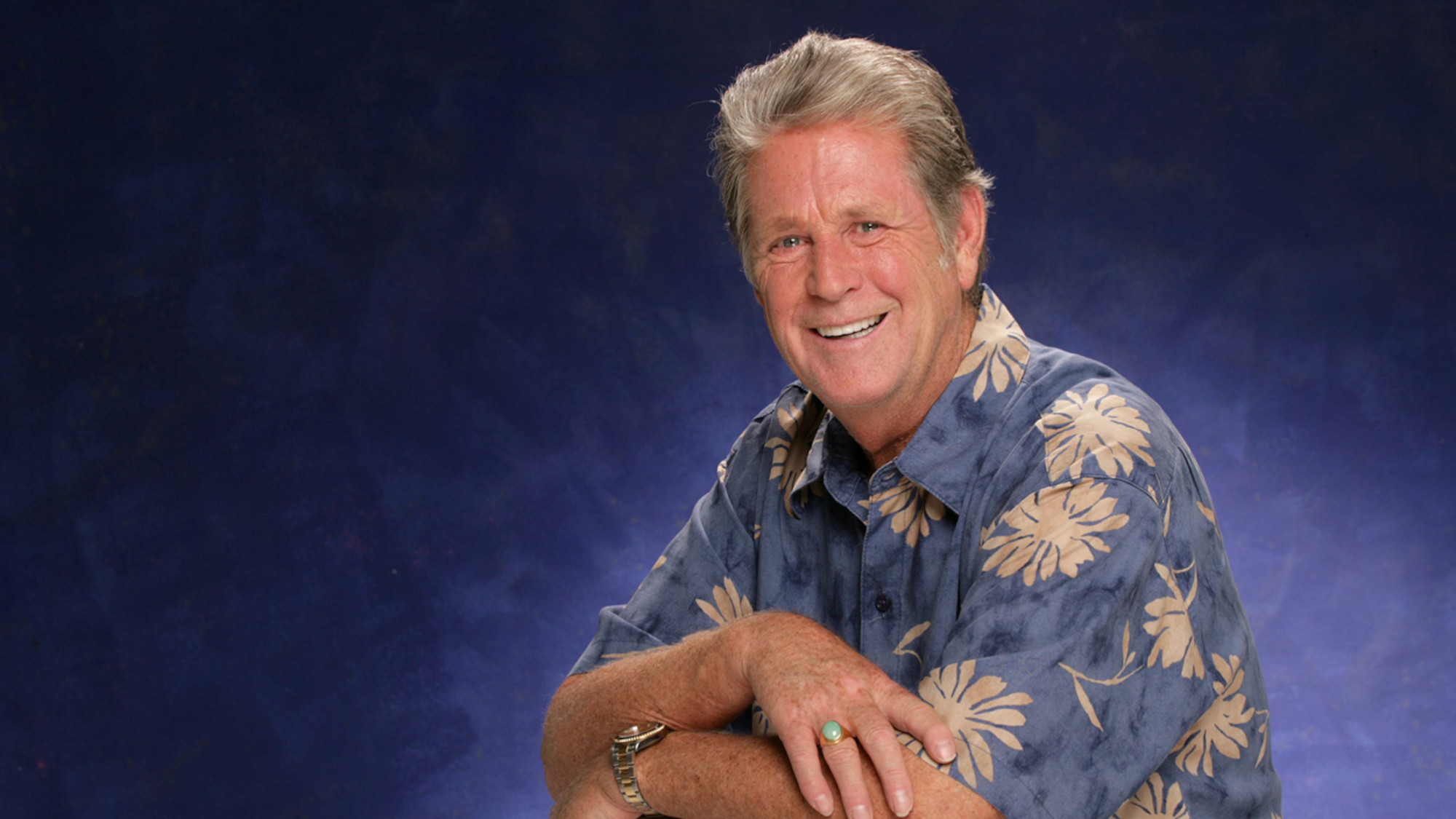 Brian Wilson: the troubled genius who powered the Beach Boys
Brian Wilson: the troubled genius who powered the Beach BoysFeature The musical giant passed away at 82
